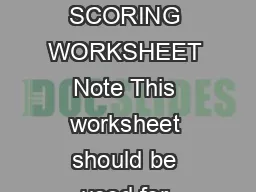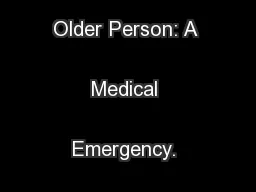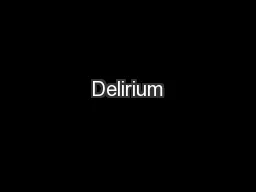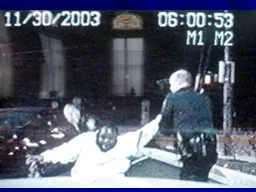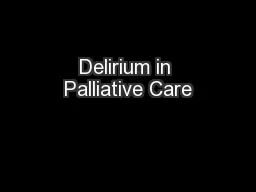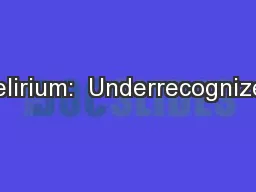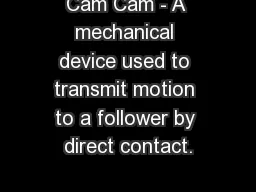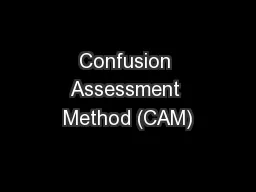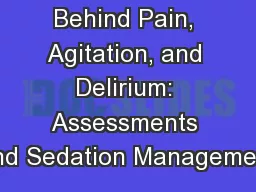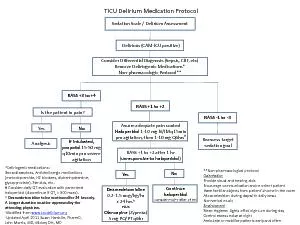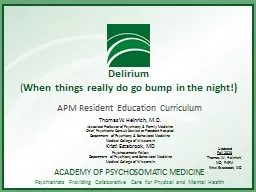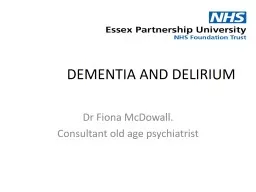PDF-CAM S SHORT FORM SCORING WORKSHEET Note This worksheet should be used for assessing delirium
Author : yoshiko-marsland | Published Date : 2015-03-15
At a minimum testing of orientation and sustained attention is recommended such as digit spans days of week or months of year backwards EVALUATOR DATE Feature Severity
Presentation Embed Code
Download Presentation
Download Presentation The PPT/PDF document "CAM S SHORT FORM SCORING WORKSHEET Note ..." is the property of its rightful owner. Permission is granted to download and print the materials on this website for personal, non-commercial use only, and to display it on your personal computer provided you do not modify the materials and that you retain all copyright notices contained in the materials. By downloading content from our website, you accept the terms of this agreement.
CAM S SHORT FORM SCORING WORKSHEET Note This worksheet should be used for assessing delirium: Transcript
Download Rules Of Document
"CAM S SHORT FORM SCORING WORKSHEET Note This worksheet should be used for assessing delirium"The content belongs to its owner. You may download and print it for personal use, without modification, and keep all copyright notices. By downloading, you agree to these terms.
Related Documents

